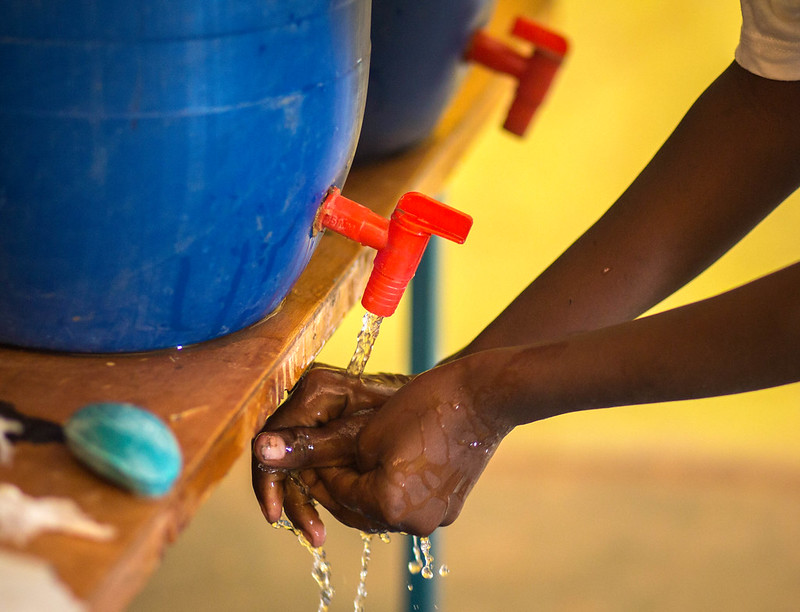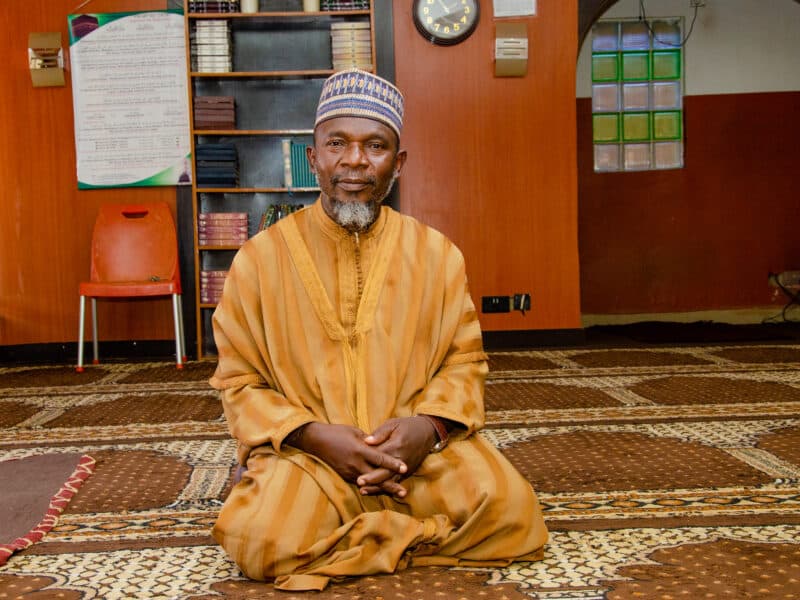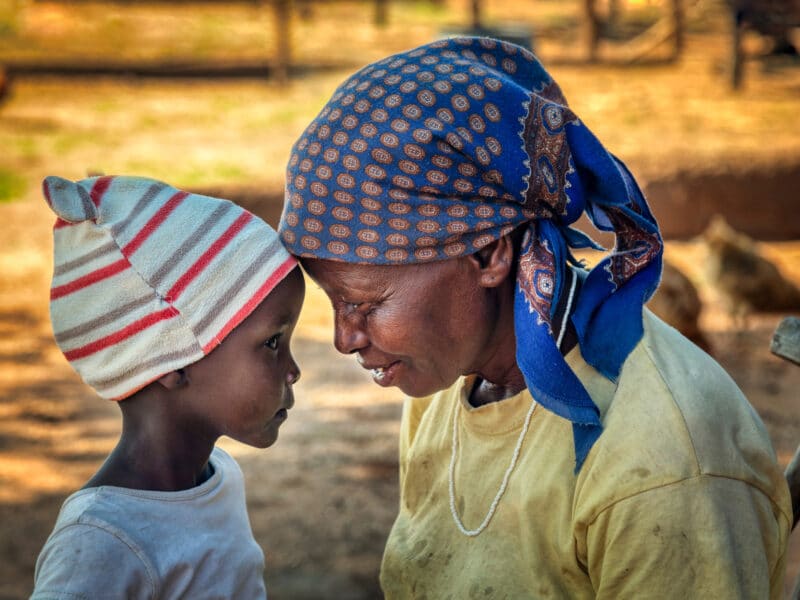The current World Health Organization’s guidelines call for the public focus on handwashing, social distancing and staying informed to help mitigate the spread of COVID-19.
But in many lower-and middle-income countries, millions of those at risk of exposure to the coronavirus simply don’t have the means to follow those simple recommendations, according to recent Demographic and Health Surveys (DHS).
“The guidelines for regular handwashing and keeping social distance work well for how most communities in the U.S. and Europe should respond to this pandemic,” says the Johns Hopkins Center for Communication Programs’ Erica Nybro, who serves as senior advisor for communication at DHS. “But this doesn’t speak to many of the countries in Africa and Asia where we conduct surveys.”
DHS collects vast amounts of data approximately every five years in surveys conducted in 90 countries. The surveys include questions about everything from infant death to nutrition to HIV knowledge. But digging deeper into the data, there is also such information as whether households have soap and water, household size and sleeping arrangements. This existing information can better inform decisions to safeguard people at risk of COVID-19.
“Different messages and strategies will be needed in low- and middle-income countries to slow the spread of disease,” Nybro says. “The basics required for handwashing are taken for granted by many but are not readily available for millions of people. We can’t simply tell people to wash their hands. This assumes access to soap and running water. We need to come up with something else.”

Demographic and Health Surveys
According to the DHS data, in Burundi, only 5 percent of households were observed to have soap and water for handwashing (among those where handwashing places were observed). Soap and water were present in fewer than 20 percent of households in Malawi, Ethiopia, Benin, and Mali. A location for handwashing with soap and water was found in fewer than half of households in 21 out of 36 recent surveys for which DHS has this information.
Messaging about social distancing in the current pandemic focuses on staying home and reducing contact with others. “In many of our DHS countries, self-quarantining to individual households and nuclear families may not be a particularly useful concept,” Nybro says.
Households in Sierra Leone, Tajikistan, Guinea, Pakistan, Afghanistan, and Senegal are the largest, with six or more members on average. The ability to distance from sick or vulnerable family members within the household is crucial, but in many households sleeping quarters are crowded. Households in Pakistan, Madagascar, Ethiopia, and Cambodia have the highest average of people per sleeping room, at three or more.
This means that if someone is sick, they will likely spread it to family members in these tight quarters.
Meanwhile, Nybro says, urgent information must be shared during health emergencies in a timely manner. And yet large portions of the global population live without regular access to mass media. More than half of women age 15-49 in Liberia, Nigeria, Sierra Leone, Guinea, Ethiopia and more report that they do not have weekly access to information via radio, television or newspaper. Access to the internet is also limited. In Nigeria, for example, only 16 percent of women and 35 percent of men age 15-49 used the internet in the past year in a 2018 survey.
Data is needed to make decisions during a pandemic, so DHS is adding these COVID-related indicators to STATcompiler, a free tool anyone can use to create custom tables, chart, and maps.
The pandemic has meant that DHS cannot collect any additional data for the time being, as surveyors can no longer go door to door to interview people. This will mean delays for future data. It also could mean big changes for how surveys are conducted as people in the future may be warier of allowing data collectors into their homes for lengthy interviews.
The DHS Program also conducts the Service Provision Assessment Survey, which looks at health facilities. While only about 10 countries have implemented recent SPAs, the data it collects on the infection control and sterilization, availability of diagnostic tests and essential medicines, and the ability to treat respiratory illnesses could be crucial for future pandemics.
“National governments need to know more and more where the baseline is and where the gaps are,” Nybro says.





